Nam Dinh
Dynamic Model Agnostic Reliability Evaluation of Machine-Learning Methods Integrated in Instrumentation & Control Systems
Aug 08, 2023Abstract:In recent years, the field of data-driven neural network-based machine learning (ML) algorithms has grown significantly and spurred research in its applicability to instrumentation and control systems. While they are promising in operational contexts, the trustworthiness of such algorithms is not adequately assessed. Failures of ML-integrated systems are poorly understood; the lack of comprehensive risk modeling can degrade the trustworthiness of these systems. In recent reports by the National Institute for Standards and Technology, trustworthiness in ML is a critical barrier to adoption and will play a vital role in intelligent systems' safe and accountable operation. Thus, in this work, we demonstrate a real-time model-agnostic method to evaluate the relative reliability of ML predictions by incorporating out-of-distribution detection on the training dataset. It is well documented that ML algorithms excel at interpolation (or near-interpolation) tasks but significantly degrade at extrapolation. This occurs when new samples are "far" from training samples. The method, referred to as the Laplacian distributed decay for reliability (LADDR), determines the difference between the operational and training datasets, which is used to calculate a prediction's relative reliability. LADDR is demonstrated on a feedforward neural network-based model used to predict safety significant factors during different loss-of-flow transients. LADDR is intended as a "data supervisor" and determines the appropriateness of well-trained ML models in the context of operational conditions. Ultimately, LADDR illustrates how training data can be used as evidence to support the trustworthiness of ML predictions when utilized for conventional interpolation tasks.
Digital-Twin-Based Improvements to Diagnosis, Prognosis, Strategy Assessment, and Discrepancy Checking in a Nearly Autonomous Management and Control System
May 23, 2021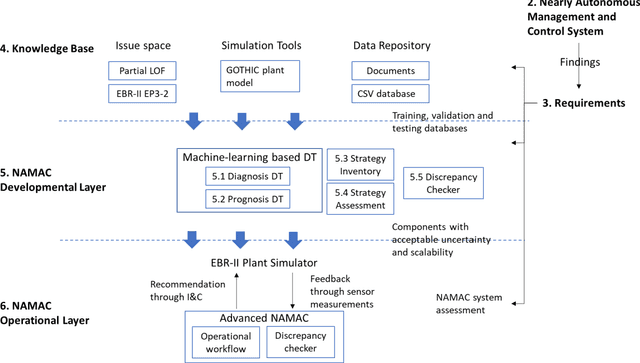
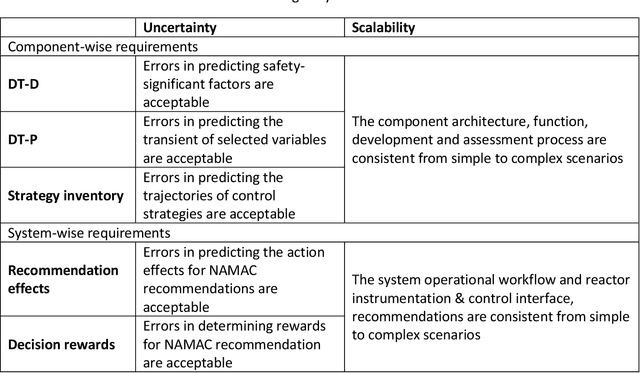
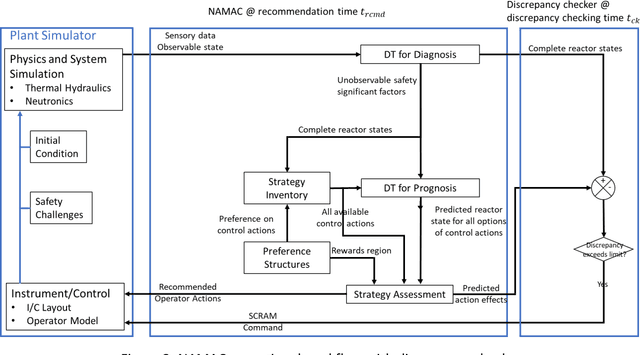

Abstract:The Nearly Autonomous Management and Control System (NAMAC) is a comprehensive control system that assists plant operations by furnishing control recommendations to operators in a broad class of situations. This study refines a NAMAC system for making reasonable recommendations during complex loss-of-flow scenarios with a validated Experimental Breeder Reactor II simulator, digital twins improved by machine-learning algorithms, a multi-attribute decision-making scheme, and a discrepancy checker for identifying unexpected recommendation effects. We assessed the performance of each NAMAC component, while we demonstrated and evaluated the capability of NAMAC in a class of loss-of-flow scenarios.
Deep Learning Interfacial Momentum Closures in Coarse-Mesh CFD Two-Phase Flow Simulation Using Validation Data
May 07, 2020
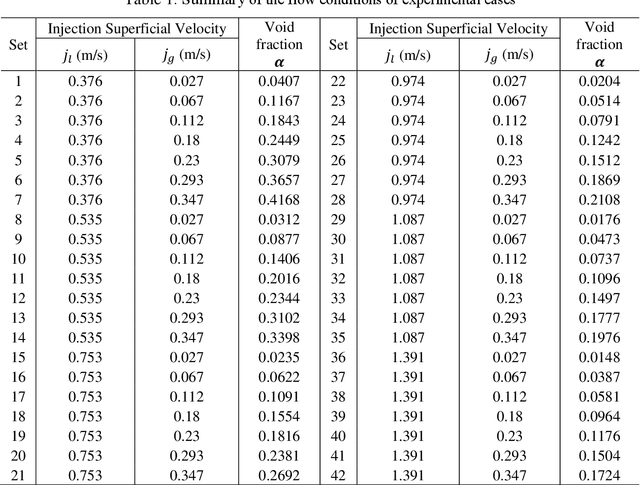
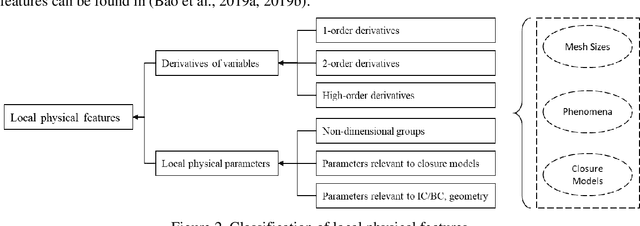

Abstract:Multiphase flow phenomena have been widely observed in the industrial applications, yet it remains a challenging unsolved problem. Three-dimensional computational fluid dynamics (CFD) approaches resolve of the flow fields on finer spatial and temporal scales, which can complement dedicated experimental study. However, closures must be introduced to reflect the underlying physics in multiphase flow. Among them, the interfacial forces, including drag, lift, turbulent-dispersion and wall-lubrication forces, play an important role in bubble distribution and migration in liquid-vapor two-phase flows. Development of those closures traditionally rely on the experimental data and analytical derivation with simplified assumptions that usually cannot deliver a universal solution across a wide range of flow conditions. In this paper, a data-driven approach, named as feature-similarity measurement (FSM), is developed and applied to improve the simulation capability of two-phase flow with coarse-mesh CFD approach. Interfacial momentum transfer in adiabatic bubbly flow serves as the focus of the present study. Both a mature and a simplified set of interfacial closures are taken as the low-fidelity data. Validation data (including relevant experimental data and validated fine-mesh CFD simulations results) are adopted as high-fidelity data. Qualitative and quantitative analysis are performed in this paper. These reveal that FSM can substantially improve the prediction of the coarse-mesh CFD model, regardless of the choice of interfacial closures, and it provides scalability and consistency across discontinuous flow regimes. It demonstrates that data-driven methods can aid the multiphase flow modeling by exploring the connections between local physical features and simulation errors.
Using Deep Learning to Explore Local Physical Similarity for Global-scale Bridging in Thermal-hydraulic Simulation
Jan 06, 2020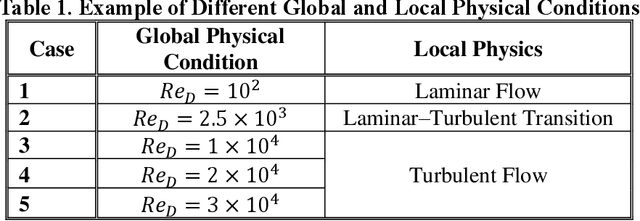


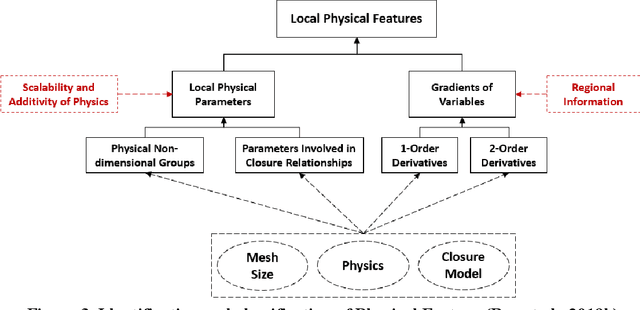
Abstract:Current system thermal-hydraulic codes have limited credibility in simulating real plant conditions, especially when the geometry and boundary conditions are extrapolated beyond the range of test facilities. This paper proposes a data-driven approach, Feature Similarity Measurement FFSM), to establish a technical basis to overcome these difficulties by exploring local patterns using machine learning. The underlying local patterns in multiscale data are represented by a set of physical features that embody the information from a physical system of interest, empirical correlations, and the effect of mesh size. After performing a limited number of high-fidelity numerical simulations and a sufficient amount of fast-running coarse-mesh simulations, an error database is built, and deep learning is applied to construct and explore the relationship between the local physical features and simulation errors. Case studies based on mixed convection have been designed for demonstrating the capability of data-driven models in bridging global scale gaps.
Computationally Efficient CFD Prediction of Bubbly Flow using Physics-Guided Deep Learning
Oct 17, 2019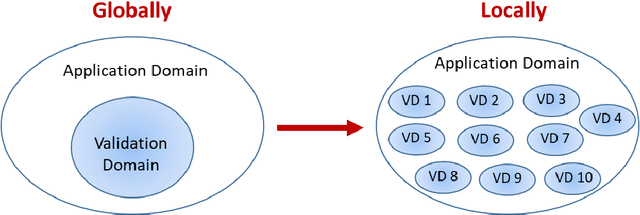
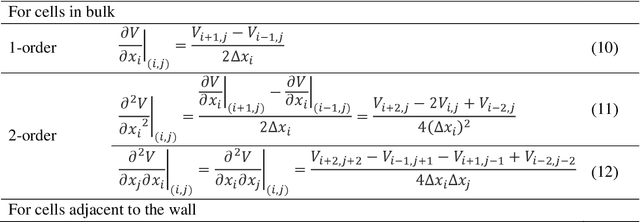
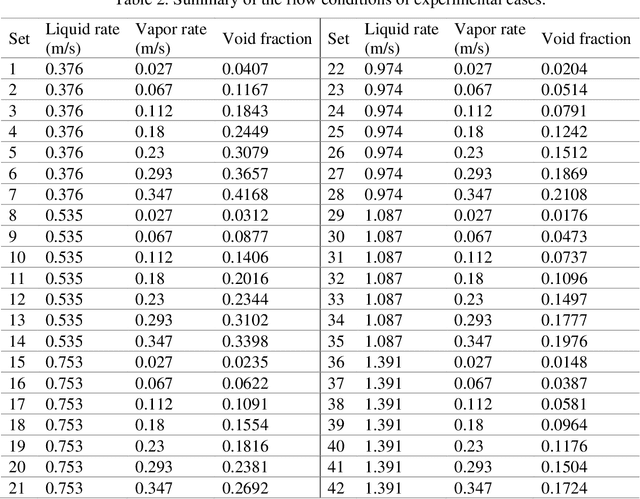

Abstract:To realize efficient computational fluid dynamics (CFD) prediction of two-phase flow, a multi-scale framework was proposed in this paper by applying a physics-guided data-driven approach. Instrumental to this framework, Feature Similarity Measurement (FSM) technique was developed for error estimation in two-phase flow simulation using coarse-mesh CFD, to achieve a comparable accuracy as fine-mesh simulations with fast-running feature. By defining physics-guided parameters and variable gradients as physical features, FSM has the capability to capture the underlying local patterns in the coarse-mesh CFD simulation. Massive low-fidelity data and respective high-fidelity data are used to explore the underlying information relevant to the main simulation errors and the effects of phenomenological scaling. By learning from previous simulation data, a surrogate model using deep feedforward neural network (DFNN) can be developed and trained to estimate the simulation error of coarse-mesh CFD. The research documented supports the feasibility of the physics-guided deep learning methods for coarse mesh CFD simulations which has a potential for the efficient industrial design.
 Add to Chrome
Add to Chrome Add to Firefox
Add to Firefox Add to Edge
Add to Edge